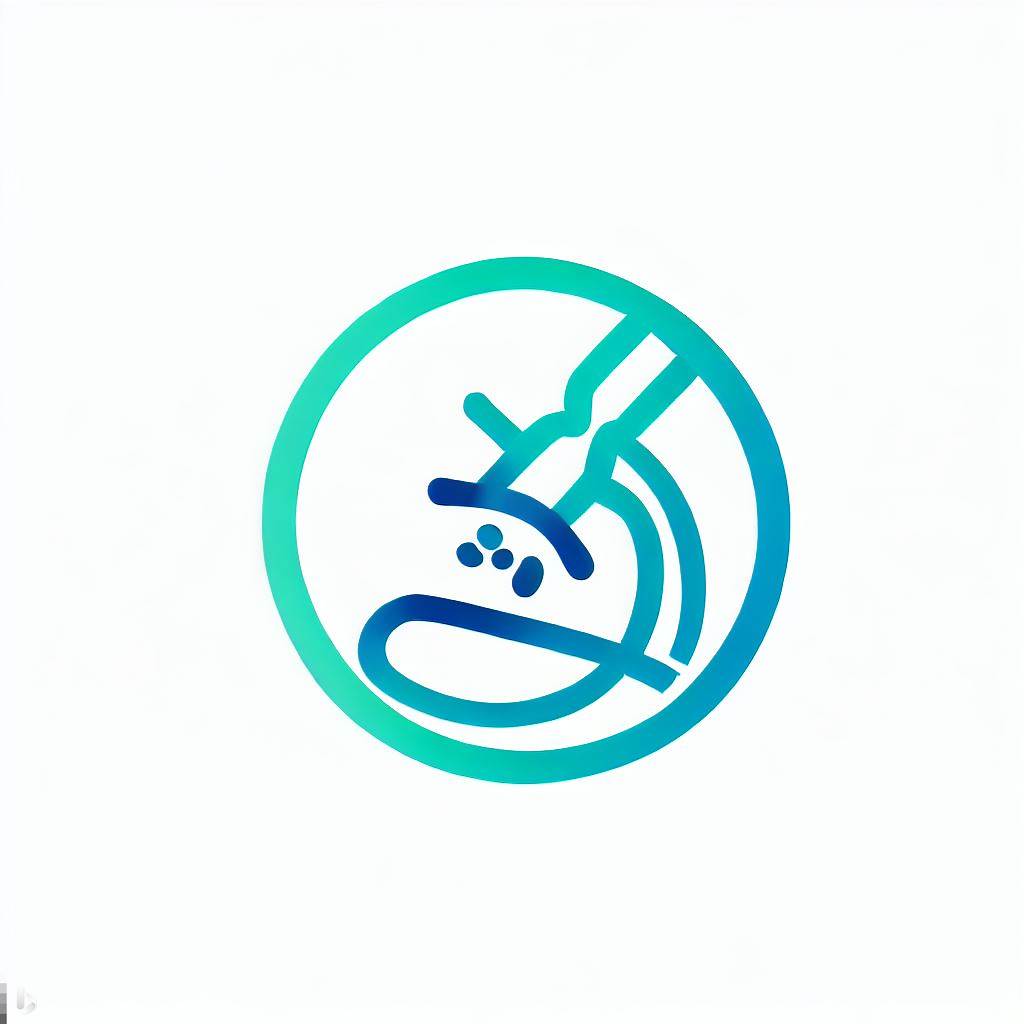REFLEX ACTION AND REFLEX ARC
The action performed by our bodies are voluntary and involuntary.
Voluntary actions are the responses by the will and may not be automatic or immediate. Example: Running, walking etc.
Involuntary actions are the action that occur automatically and without awareness. Examples: Heartbeat, secretion of gastric glands, peristalsis, reflexes etc.
Reflex Action
Reflex actions are also called reflexes. Reflexes are the responses to external and internal environmental changes. The responses are immediate or automatic and without the intervention of will. Certain responses are without the help of the brain. In this case the spinal cord acts as the control centre. Such a response is a reflex, which involves no conscious controls
Examples: The nervous pathways for a well-known reflex called the withdrawal of hand on touching hot object.
Sequence of events that occur when the hand touches a hots object:
The heat on the object stimulates nerves endings (receptor) in the skin
Impulses are conduct are produced. The impulses travel along the sensory neuron to the spinal cord.
In the spinal cord, the impulse are transmitted first across a synapse to the interneuron and then across another synapse to the motor neuron.
Impulse leave the spinal cord along motor neuron to the effector.
The effector is the arm muscle which then contracts. This brings about a sudden withdrawal of the hand.
Other example of reflex action are sneezing, coughing, blushing, scratching, and the sudden blinking of the eye when a hand is waved in front of it.
Reflex Arc
In each of the example mentioned above, there is a particular pathway by which the impulses can travel from the receptor to the effector. This nervous pathway is known as the reflex arc
A reflex arc comsist of:
Sense organ.
Sensory neuron. Interneuron of reflex centre (spinal cord or brain)
Motor neuron
Effector (muscle or gland)



